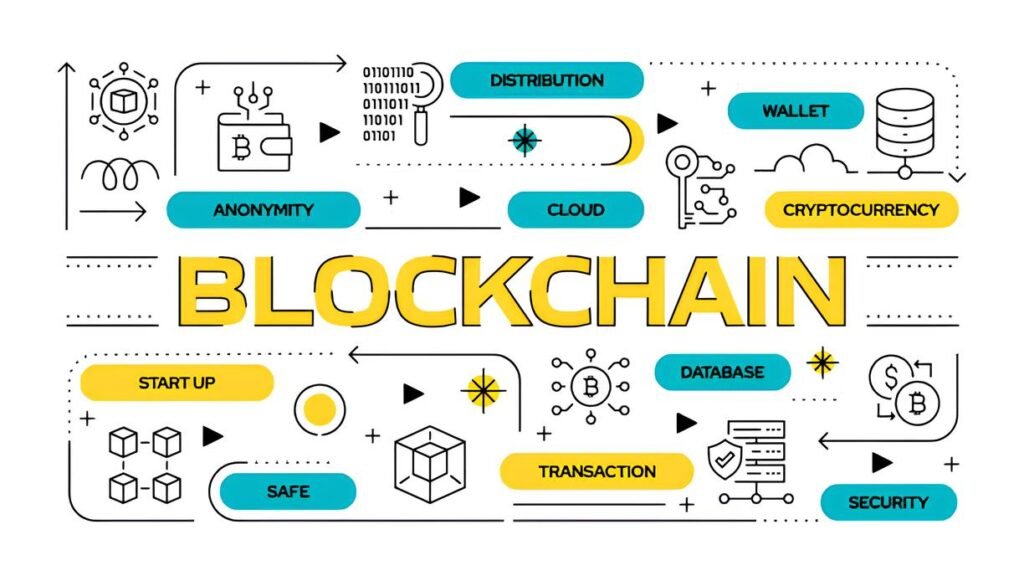Imagine setting up the ultimate fortress to protect your online privacy—a fortress so well-planned that every door, window, and hidden passage is guarded against intruders. Yet, despite this high-tech defense, you’re still vulnerable because you missed one critical detail: you didn’t think like an attacker. This is exactly where most privacy guides fall short when explaining threat modeling. They focus on tools and checklists but miss the deep understanding of who might want to intrude, what they want, and exactly how they might do it.
In This Article
The Missing Piece in Privacy Guides
Most privacy guides heavily emphasize using the right tools: VPNs, encrypted messaging apps, anonymous browsers, and the latest in cryptographic tech. While these are undoubtedly important, many guides stop there—offering step-by-step configurations without addressing the foundational mindset behind threat modeling.
Threat modeling isn’t just ticking security boxes; it’s a mental exercise to foresee threats, set priorities, and adapt defenses accordingly. Without this crucial strategy, users can fall into false security, believing in a one-size-fits-all solution where none exists.
What Is Threat Modeling Really About?
In essence, threat modeling is the process of identifying potential threats to your digital privacy, assessing their likelihood and impact, and designing defenses that specifically counter those threats.
But beyond this definition lies a more nuanced truth: effective threat modeling requires understanding the attacker’s perspective. Who is trying to get at your data? Are they casual hackers, sophisticated state actors, or insider threats? Each requires radically different defensive approaches.
Thinking Like an Attacker
Too often, threat modeling is treated like a technical checklist instead of an adversarial game of chess. Understanding attacker motivations, resources, and tactics helps you anticipate not only direct attacks but also indirect and subtle maneuvers aimed to exploit human error or overlooked vulnerabilities.
Common Errors in Threat Modeling Approaches
Many privacy resources fall prey to several recurring mistakes that undermine their advice:
- Generic threat listings: Presenting broad threats like “hackers” or “government surveillance” without categorizing or detailing attacker profiles.
- One-size-fits-all defenses: Assuming that all users need the same tools regardless of their individual risk.
- Tool fetishism: Focusing excessively on tools without understanding their limitations or how attackers might bypass them.
- Ignoring behavioral factors: Neglecting how user habits, communication patterns, and metadata can be exploited even when tools are used correctly.
These errors often lead to wasted effort or worse — providing a false sense of security. For example, using a VPN alone might protect IP addresses, but if your threat model doesn’t account for behavioral surveillance or metadata analysis, your privacy is still at risk.
Tailoring Threat Models to Individual Needs
Your threat model should reflect your unique situation. Consider factors like your location, occupation, communication partners, and what information is valuable to potential adversaries.
For instance, a journalist covering sensitive topics may face targeted state-level surveillance, requiring hardened operational security and possibly tools like compartmentalized virtual machines or stateless operating systems.
In contrast, an average user concerned about ad tracking might prioritize browser privacy settings and robust cookie management over sophisticated anonymization networks.
Start threat modeling by writing down who might want to target you, what they want, and how they might attempt to access your data. This focused approach brings clarity over blind tool adoption.
Real-Life Examples and Failures
Consider the case of “Daniel,” a pseudonymous darknet user who believed Tor alone guaranteed his safety. Despite using Tor and encrypted services, he maintained consistent login times and writing styles, which investigators later used to deanonymize him through behavioral analysis and metadata correlation.
This story underlines that threat modeling failures often stem not from software or hardware weaknesses but from predictable human behavior ignored during planning.
Similarly, many users rely heavily on VPNs advertised as “no-log” without verifying policies or understanding jurisdiction risks. Some VPNs log metadata or have weak DNS leak protections, resulting in unintended exposures despite the user’s effort.
How to Get Threat Modeling Right
Here’s a more strategic approach to threat modeling that goes beyond tools and checklists:
- Identify your assets: What data or identity elements must remain private?
- Define your adversaries: Understand their capabilities, resources, and interest in your activities.
- Map attack vectors: Consider technical attacks, social engineering, metadata analysis, and behavioral leaks.
- Assess risk and impact: Prioritize threats based on likelihood and potential harm.
- Choose layered defenses: Combine technology, operational practices, and behavioral hygiene.
- Continuously review: Update your model regularly as threats and technologies evolve.
For example, integrating best practices like controlling browser fingerprinting, rotating identities, and using compartmentalized virtual machines can complement basic tools like VPNs or Tor.
Also, consider how your device’s telemetry or synchronization services might leak sensitive info unintentionally. Modern privacy guides often overlook this.
For users exploring darknet anonymity, exploring guides such as building threat models for everyday darknet users can sharpen understanding on adapting strategies to real threat environments.
FAQ
Q: Can one threat model cover all privacy needs?
A: No. Threat models must be personalized based on your context. What works for one will likely fail for another.
Q: How often should I update my threat model?
A: Ideally, whenever your situation or tools change significantly, or every 3–6 months as a routine.
Q: Do tools like VPNs and Tor replace good threat modeling?
A: No. Tools are only pieces of a comprehensive threat model. Without understanding threats, you might misuse or over-rely on them.
“Threat modeling is less about the tools you use and more about understanding the battle you’re fighting. Without grasping who your opponent is, even the best weapons are useless.” – Anza Stevens, Privacy Researcher
Ultimately, privacy isn’t a product or a set-it-and-forget-it service. It’s an ongoing, evolving practice deeply rooted in a clear understanding of risks. The guides that miss this risk a false sense of security and leave their users vulnerable, no matter how many apps or VPNs they recommend.
Approach your privacy like a craftsman, not a customer. Build your threat model thoughtfully, adapt it dynamically, and treat tools as one part of a bigger shield.




Pingback: The Hidden Tracking in Privacy Browser Extensions | Torutopia